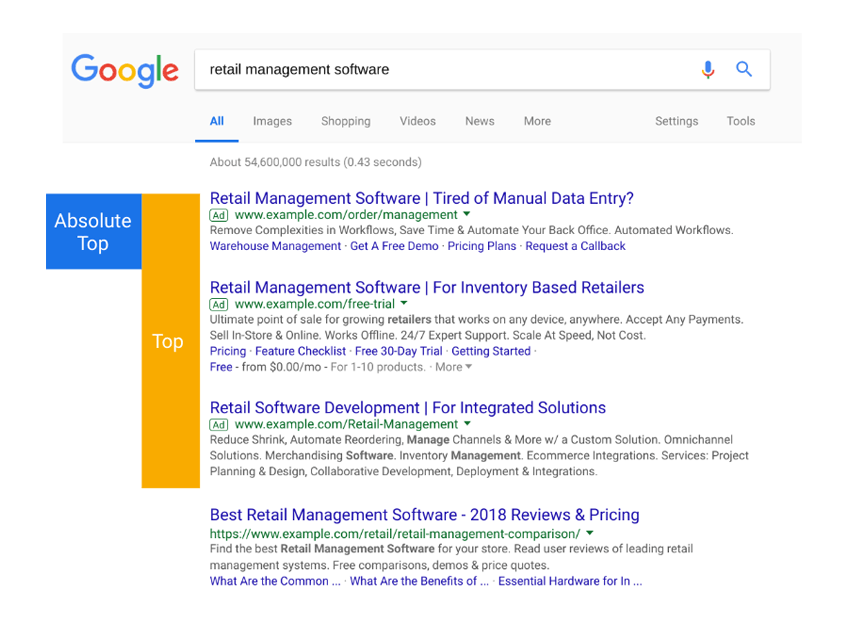
Advertisers should understand where their ads appear, in this case, where they appear on Google.
To make things easier and also more convenient, Google is rolling our four new ad position metrics that should help advertisers understand where their ads appear on the Google's search results page. After all, average position has always been a fuzzy indicator, and Google wants to solve that.
According to Google:
Google further explained that average position is not meant to describe where ads appear on its page.
"Average position reflects the order that your ad appears versus the other ads in the ad auction. As a result, an ad position of '1' means that your ad shows ahead of all other ads, but it doesn't mean the ad was at the very top of the page. Sometimes no ads are displayed above the organic search results so the ad with a position of '1' appears at the bottom of the page," said Google.
Here, Google is rolling out four new metrics, which are unlike average position, can provide a clearer insights on where advertisers' ads are appearing on its search results page:
- Impr. (Absolute Top) %: The percentage of ad impressions that are shown as the very first ad above the organic search results.
- Impr. (Top) %: The percentage of ad impressions that are shown anywhere above the organic search results.
- Search (Absolute Top) IS: The impressions advertisers received in the absolute top location, divided by the estimated number of impressions they were eligible to receive in the top location.
- Search (Top) IS: The impressions advertisers received in the top location, compared to the estimated number of impressions they were eligible to receive in the top location.

The first two metrics, which are the "Impression (Absolute Top) %" and "Impression (Top) %" are specific indicators of page location. Advertisers can use these metrics to determine when and where their impressions are showing above the organic search results.
The other two metrics, "Search absolute top impression share" and "Search (Top) IS" show the advertisers' share of eligible top impressions. They are the indicators of the available opportunity to show ads in more prominent positions.
Advertisers who pay money, have the rights to know where their ads appear, and the chances they have to improve that position. With these four metrics, advertisers can better plan their campaign for more positive results.